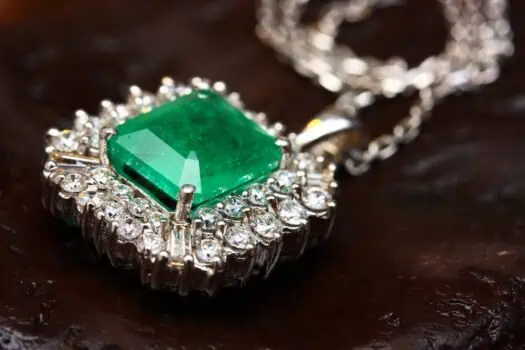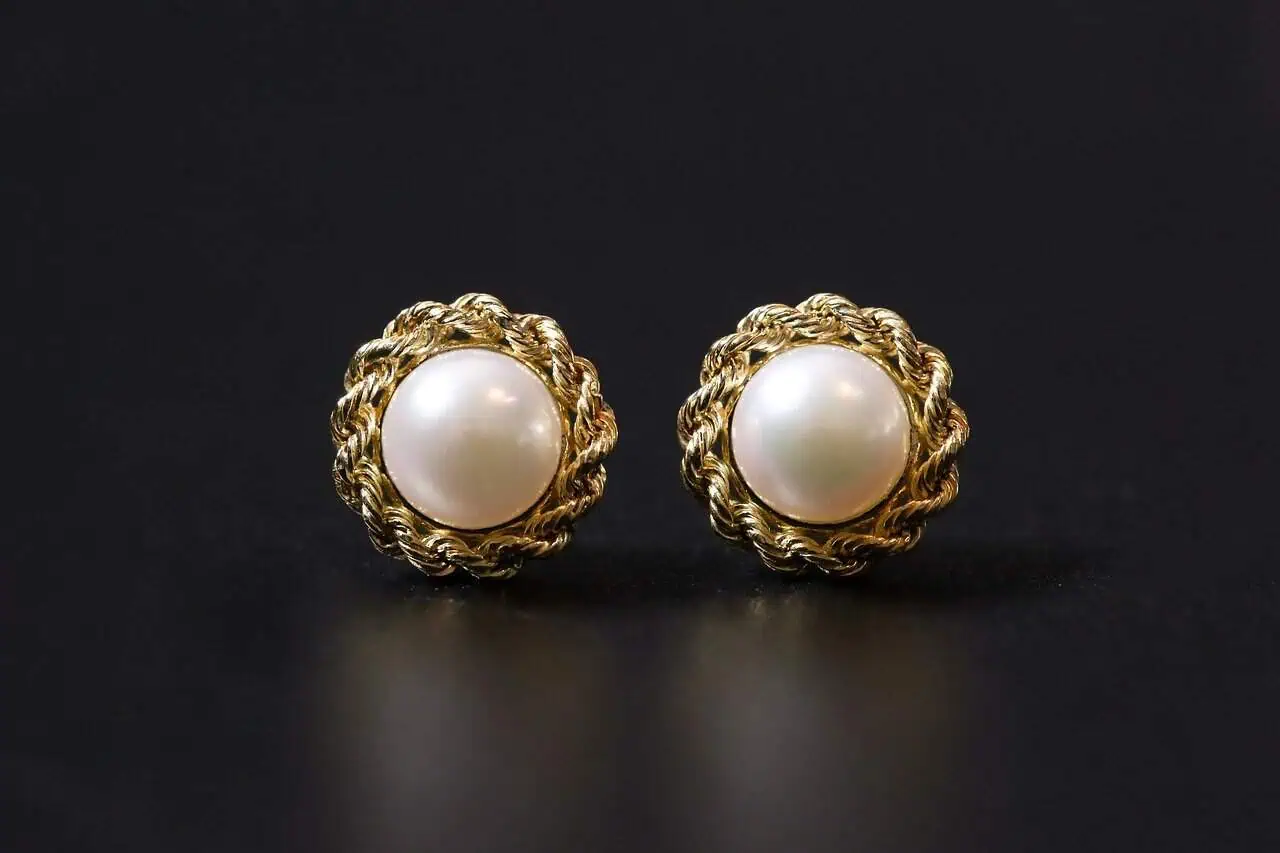Jewelry has always held a unique place in human culture, symbolizing love, status, beauty, and self-expression. With the growing demand for custom and artisan-made pieces, more entrepreneurs are entering the jewelry business to turn their passion for design into profit. But like any business venture, success requires more than creativity. It takes careful planning, smart decision-making, and an understanding of both artistry and commerce.
This guide will walk you through the steps to starting a jewelry business, from finding your niche to building a recognizable brand.
Identifying Your Niche and Market
The jewelry industry is vast, covering everything from high-end diamond collections to affordable fashion accessories. Before investing in materials or marketing, you must define your target audience and niche. Will you focus on engagement rings, everyday wear, statement pieces, or sustainable jewelry? Each option appeals to different demographics and requires its own pricing strategy, sourcing, and marketing approach.
Market research plays a vital role at this stage. Study competitors, track trends, and talk directly to potential customers. By identifying what’s missing in the marketplace or what customers feel existing brands don’t provide, you can carve out a unique space for your business.
Establishing Your Brand Identity
A strong brand identity sets your jewelry apart in a crowded market. Consumers are not just buying accessories; they are buying into a story and a lifestyle. Brands such as After Diamonds have demonstrated how a clear vision, paired with a consistent message, can resonate deeply with customers. Whether you emphasize luxury, sustainability, or affordability, your branding should reflect your core values and appeal to your ideal buyer.
Logo design, color palettes, packaging, and even photography all play into this identity. High-quality images and well-crafted storytelling across your website and social media channels help reinforce your brand and create emotional connections with buyers.
Sourcing Materials and Ensuring Quality
Once your niche and brand identity are defined, the next step is sourcing quality materials. Reliability in this area can make or break your reputation. Customers expect beauty and durability, so partnering with trustworthy suppliers is crucial. Transparency in sourcing when dealing with gemstones or precious metals can be a strong selling point, particularly for eco-conscious buyers.
Consider working with certified suppliers or exploring recycled materials for sustainability. Establish clear quality control processes to ensure that every piece meets your standards before it reaches the customer. Consistent quality builds trust and loyalty.
Crafting a Business Plan
Behind every successful jewelry brand lies a well-structured business plan. This document should outline your vision, mission, target market, product lines, pricing strategy, and financial projections. It serves as a roadmap and provides credibility when seeking investors or business loans.
Your plan should address production costs, marketing budgets, distribution strategies, and growth goals. For small-scale operations, it might include a plan for starting on online marketplaces before eventually opening a physical boutique. For larger aspirations, it could cover wholesale partnerships or international sales.
Building an Online Presence
Having a strong online presence is non-negotiable. An attractive, user-friendly website functions as both a storefront and a portfolio. Your site should showcase professional images, provide easy navigation, and include detailed product descriptions. Adding customer testimonials, FAQs, and care instructions builds confidence among buyers.
Social media is equally important. Platforms like Instagram and TikTok are particularly powerful for jewelry businesses because they are visual-driven. Regular posting, engaging with followers, and leveraging influencers can dramatically boost your reach. Paid ads on social platforms and Google can help drive targeted traffic to your online store.
Pricing and Profitability
Pricing is one of the most delicate aspects of a jewelry business. Set prices too low, and you undermine your brand’s perceived value; too high, and you risk alienating customers. The right pricing strategy considers material costs, labor, overhead, and desired profit margins, while taking into account what your target audience is willing to pay.
It’s often wise to create a tiered pricing structure. Offering both entry-level items and high-ticket pieces can broaden your appeal and allow you to reach different segments of the market.
Marketing and Customer Engagement
To grow your jewelry business, consistent marketing is key. This includes traditional efforts like craft fairs and pop-up shops as well as digital strategies like SEO optimization and email campaigns. Hosting virtual events or offering personalized consultations can help you connect with customers on a deeper level.
Customer service is equally crucial. Responding quickly to inquiries, offering easy returns, and providing clear care instructions make buyers feel valued and increase the likelihood of repeat purchases. A loyal customer base often becomes your best marketing channel through word-of-mouth recommendations.

Starting a jewelry business blends creativity with entrepreneurial discipline. Success doesn’t happen overnight; it requires vision, strategy, and an unwavering commitment to quality and customer satisfaction. From identifying your niche and sourcing materials to building a strong brand and online presence, every decision lays the groundwork for long-term success.
If you stay adaptable to trends, maintain strong relationships with suppliers and customers, and consistently deliver products that align with your brand identity, your jewelry business can transform from a passion project into a thriving enterprise.

